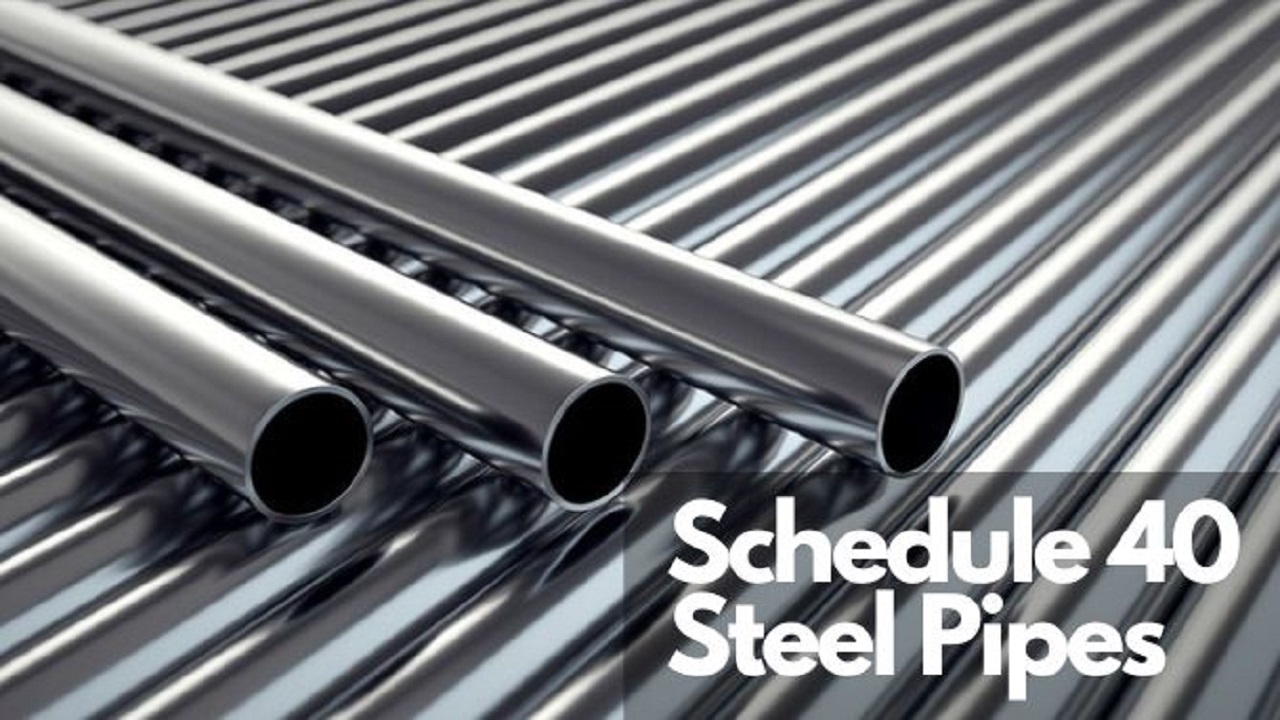However, to produce high-quality and durable piping systems, the right schedule of the steel pipes must be chosen. The schedule of a pipe relates to the thickness of the wall of a pipe schedule 10, for instance, is thinner than schedule 80. This means that while a thinner wall pipe is easier to transport it will be less strong, and have lower pressure tolerance, In this article, we will discuss the 1/2-36 Inch Schedule 10 Pipe Thickness Chart for steel pipes.
Understanding Pipe Schedules
Pipe schedules are the industry’s common terms for indicating the specification of pipe wall thickness. Schedule 10 and Schedule 40 pipe are two such standard varieties, although Schedule 80 pipe has slightly different thicknesses compared to its minimal diameter. In general, the higher the schedule number, the greater the wall thickness and the higher the pressure rating. Knowledge of these schedules is the first step towards making the right decision for your piping requirements.
Evaluating the Application Needs
The first thing that needs to be done when choosing the right pipe schedule is to evaluate the needs of the application. Consider the following factors:
Pressure Conditions
First among these requirements is the internal pressure that the pipe will be required to carry to determine the kind of pipe that will be appropriate. Where pressure ranges are stepped up, for instance in piping systems used for oil and oil transport, Schedule 80 pipes are needed for a thicker wall to avoid breakage. On the other hand, where the application pressure is low, for example, a drainage or venting pipe, a pipe wall thickness of Schedule 10 may be adequate.
Temperature Variations
The temperature of the transported fluids can also exert a considerable influence on pipe behavior. At higher temperatures, the material loses its strength, and hence thicker walls are required to provide the necessary strength under stress. For any application where the fluid or gas in the pipe will go through thermal expansion and contraction, the pipe should be of an appropriate schedule for the environment.
Material Compatibility
It is appropriate to do so since different materials may have their strengths and shortcomings when used. When selecting a schedule, it is worthwhile to consider what fluid or gas is going to flow through this pipe because the schedule does determine the material of manufacture. For instance, assuming the corrosive chemicals are to be transported, then, the thickness of the wall of the pipe will have to be thicker. The material used will also have to be very resistant to corrosion.
Assessing the Environment
The right pipe schedule depends on the environmental conditions of the area where the pipe will be installed. Consider these factors:
Corrosion Resistance
In case the pipes are exposed to a corrosive environment, the wall may require being made thicker to offset degradation due to corrosion over a given period. Some get protection through various coats, but the thickness of the wall should still be adequate for the durability of the structure.
Mechanical Stress
Assess external physical thrusts, like earth pressure, vibration, or shock loads. In some applications where the pipe is buried or subjected to various loads, it is possible to increase the wall thickness of the pipe to get increased pipe stiffness and thus decreased pipe deformation.
Compliance with Standards
Every pipe schedule must also meet the appropriate set of standards within its field of utility. Numerous codes prescribe the requirements for pipes for certain services including water supply, gas distribution, and industrial uses. You must do your research on the existing standards to make sure that your selection meets the safety and performance standards set on the market.
Consulting with Experts
However, when in doubt, it is always useful to speak to experts within the sector to ensure you choose the right schedule. Both engineers and suppliers may provide an idea of your application requirements and suggest the optimum pipe schedule based on such information.
Cost Considerations
Although it is possible to go with the lowest-cost product, it is vital to think beyond the company’s choice. Precise pipes, though, may be more costly initially due to their thickness but they can save much from maintenance and replacement costs in the future.
Conclusion
Selecting the proper schedule for your steel pipes is a decision that affects the plastic pipe system’s security, sustainability, and productivity. Therefore, through a comparison of the requirements of the applications that must be installed, examination of the conditions of the environment that the system, adherence to the specifications, and consultation with the various professionals, a decision can be made that will be appropriate for the project.

